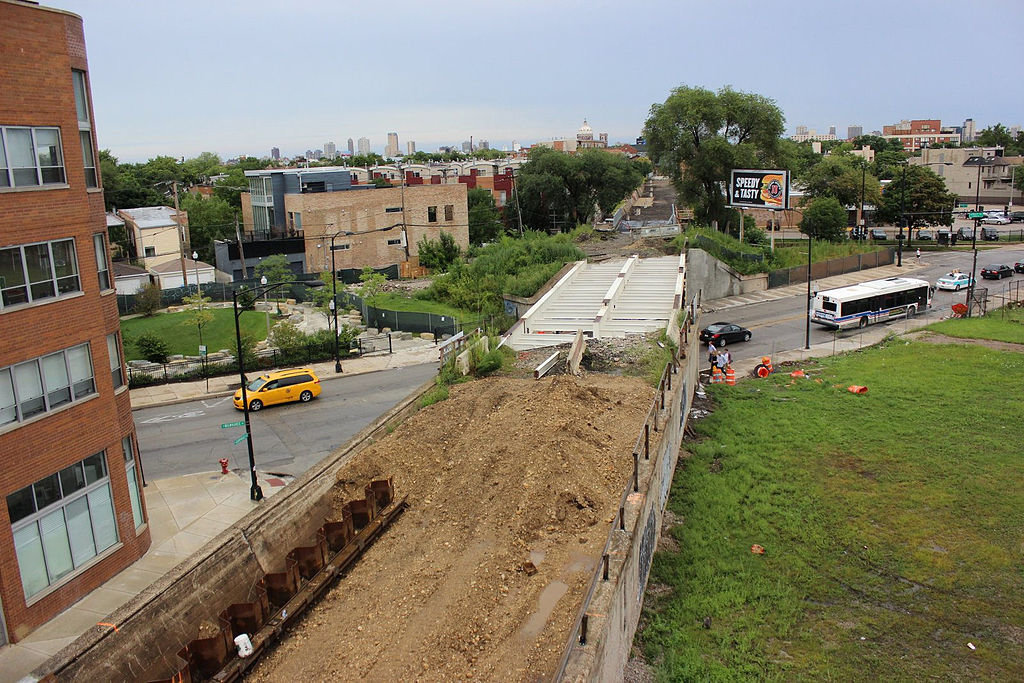The Bloomingdale Trail: Chicago’s Elevated Greenway
– By Tom Schaffner
Learn more about the Bloomingdale Trail (the 606) and its history in Chicago.
The Bloomingdale Trail
We generally use this space to write about Chicago’s elevated transit system, the “L.” Our business, L Stop Tours, is all about the L and the 77 city neighborhoods it passes through. Today we’re going in a slightly different direction and writing about a different elevated railroad system, the Bloomingdale Trail and its larger park-encompassing cousin, the 606.
The Bloomingdale Trail is a former elevated railway line that the City of Chicago converted into an elevated greenway in 2015. It runs west from Ashland Avenue (along W. Bloomingdale Avenue) to Ridgeway Avenue (3732 west). At 2.7 miles in length, the Bloomingdale Trail is the second longest greenway project of a former elevated rail line in the world, trailing only the Promenade Plantée in Paris (2.9 miles in length). Today the only traffic on the Bloomingdale Trail are hikers, bikers, joggers and pedestrians of all shapes and sizes.
Originally constructed in 1873 by the Chicago and Pacific Railroad Company as part of a 36-mile link to Elgin, Illinois, the railroad was built at street level and carried both passenger and freight traffic. In the 1910s the railroad was elevated approximately 20 feet when as ordinance designed to reduce pedestrian fatalities at street level was passed by the City of Chicago. As businesses began to move out of the area (such as Schwinn Bicycle Company), freight traffic on the rail line began a long, steady decline into irrelevancy. The last freight train ran on the line in 2001.
Though the City of Chicago had investigated converting the Bloomingdale Line into a greenway as early as 1997, it wasn’t until 2004 that the project was revisited and made part of the Logan Square Open Space Plan, which prosed a linear park with public access ramps every few blocks. Groundbreaking for the project occurred on August 27, 2013. In addition to extensive landscaping and access ramps, the trail consists of a 10-foot wide paved path with a 2-foot soft shoulder on either side.
The Bloomingdale Trail is central to a larger series of parks and a trail network in the area called “The 606,” which derives its name from the first three digits of all Chicago ZIP Codes. The intent is to symbolize the linkage between parks and the neighborhoods they serve, as opposed to the elevated rail line which served to isolate and “wall off” neighborhoods. The four newly-linked neighborhoods are Wicker Park, Bucktown, Humboldt Park and Logan Square.
Access to the Bloomindale Trail via public transportation from downtown is easy — take the CTA Blue Line to either Damen or Western Avenues.

Holder of two journalism degrees, including a masters from Northwestern University, Tom Schaffner is a native of the Chicago area and has spent nearly 50 years as a writer, editor, publisher and professional communications consultant. He was also the founder, editor, and publisher of the Chicago File, a newsletter for former Chicagoans. Tom is also the co-owner of L Stop Tours.
– By Tom Schaffner
Everyone is familiar with Chicago’s prominent museums — Field Museum of Natural History, Museum of Science and Industry, Art Institute, Chicago History Museum, Museum of Contemporary Art, Adler Planetarium — but the majority of visitors to Chicago aren’t aware of the many smaller, special interest museums located throughout the City that offer great educational, cultural and entertainment value to anyone willing to invest a little time and effort into finding them.
Museum of Broadcast Communications
Because it has changed locations several times in the past 25 years, the Museum of Broadcast Communications has been a difficult museum to locate much less visit since coming into existence in the late 1980s (for eight and a half of those years, it didn’t even have a home). Now located in a self-built structure at 360 N. State Street, the Museum’s itinerant days appear to be behind it for good. And for visitors, that’s a really good thing.
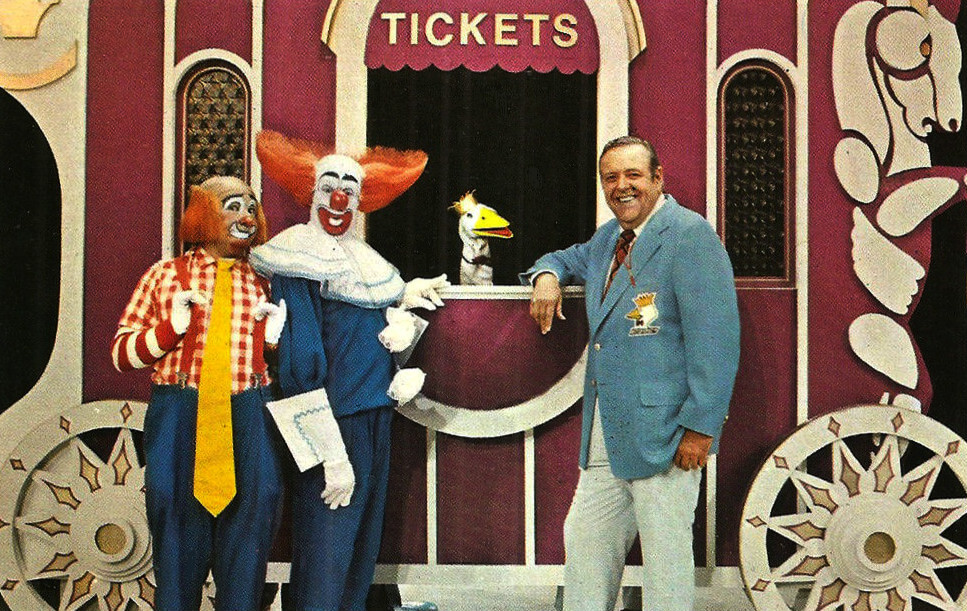
Thanks to geography, Chicago in the 1920s was one of the nation’s early broadcasting centers. Its central Midwest location not only allowed its early radio stations to be widely heard — from the eastern seaboard to the Rocky Mountains — the geography also allowed Chicago to become a logical switching point for transcontinental network lines, enabling local production facilities to easily and efficiently re-feed programming to various time zones nationwide. The City’s early role as a broadcasting center is one of the primary reasons the Museum is located in Chicago.
The mission of the Museum of Broadcast Communication is to collect, preserve and present historic and contemporary radio and television content and artifacts and make it available to the public for educational, informational and entertainment purposes. The Museum has an extensive archive of clips and episodes from radio and television programs over the years and serves as the headquarters of the National Radio Hall of Fame. Additionally, it has curated and collected artifacts from locally produced programs like the “Oprah Winfrey Show,” “Garfield Goose and Friends,” and the “Bozo Show” and a current exhibit at the Museum, “Saturday Night Live: The Experience,” was recently extended through March 31, 2019.
American Writers Museum
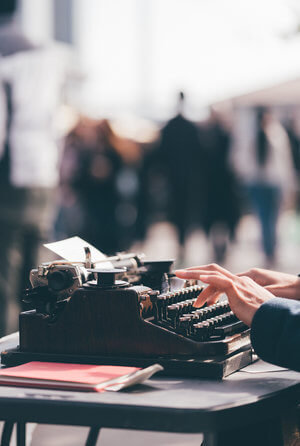
The reason this museum is not well known is because it is new — the American Writers Museum opened its doors in May 2017 — and because it is hidden on the second floor of a downtown office building (180 N. Michigan Ave.).
In its short life span, however, the museum has already racked up some pretty impressive awards. Shortly after it opened, the Museum was listed first by Fodor’s Travel as one of “World’s 10 Best New Museums.” Six weeks later, the Writers Museum was named “Best Illinois Attraction” in a survey by USA Today/Reader’s Choice.
The first museum of its kind in the United States, the American Writers Museum celebrates American writers and explores their influence on our history, our identity and our daily lives. The Museum features a wide array of interactive exhibits that focus on various aspects of writing, great authors and their works, Chicago writers and their contributions to literature, and much more. The Museum also hosts a number of special events and programs — “Bob Dylan Electric” is an exhibit running through April 30, 2019 that explores the cultural influences and writing talents of the winner of the 2016 Nobel Prize for Literature; “Frederick Douglass: Agitator,” which runs through May 31, 2019, explores the powerful words used by Douglass in his fights against slavery and racism.
McCormick Bridgehouse & Chicago River Museum
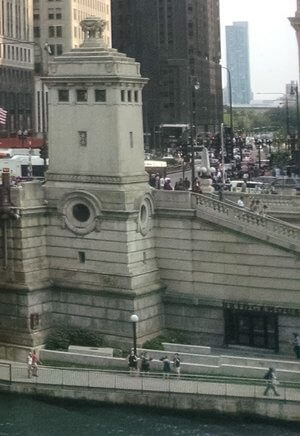
There just aren’t many museums in the U.S. — or in the world, for that matter — that are housed in a bridge-tender’s tower located astride an iconic urban river. Such an unlikely location for a museum, as well as its small size, are why this particular venue is not heavily trafficked, it doesn’t look at all like a museum.
It’s an interesting place to visit, however. When the Michigan Avenue museum is open (May 1 –Oct. 31) and the bridge needs to be raised for boat traffic, visitors can walk down its stairs to the river’s edge and watch the huge mechanical gears turn as counterweights drop and, with teeter-totter-like precision, lift both sides of the trunnion-bascule bridge so that the roadway sections are pointing straight to the sky, perpendicular to the water. This happens about 100 times between April and November, and typically occurs on Wednesdays or Saturdays.
The museum also tells the stories of the Michigan Avenue Bridge and the Chicago River — how both the bridge and museum are now located on the site of historic Fort Dearborn, how the bridge was chiefly responsible for the growth of the City north of the Loop and the role of the River in the development of Chicago and how its direction was “reversed” in the early 1900s in order divert waste and sewage away from Lake Michigan.
Interested in exploring all that this city has to offer? Book one of our Chicago tours today!
Learn more about Chicago in the L Stop Blog
Holder of two journalism degrees, including a masters from Northwestern University, Tom Schaffner is a native of the Chicago area and has spent nearly 50 years as a writer, editor, publisher and professional communications consultant. He was also the founder, editor, and publisher of the Chicago File, a newsletter for former Chicagoans. Tom is also the co-owner of L Stop Tours.
– By Tom Schaffner
When Chicago’s Lakefront Wasn’t So Green
Only on rare occasions is a first-time visitor not impressed by Chicago’s 22 miles of shoreline. In addition to the beauty and grandeur of the sparkling blue water, virtually the entire stretch is free and clear of commercial construction. It consists of nothing but open space — parks and beaches — and is always open and accessible to the general public.
It wasn’t always that way, however. During the past century, Chicago’s lakefront served as the home for facilities and installations that emphasized weaponry — something that is difficult to imagine in today’s sensitive and politically-correct times.
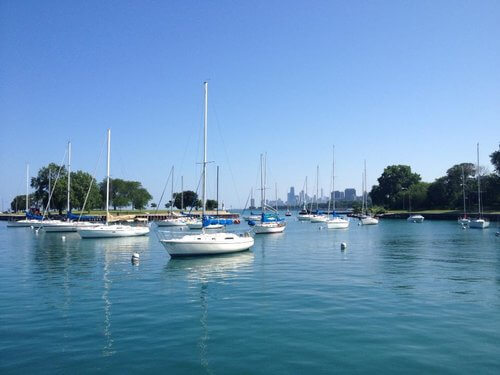
Nike Missile Sites
From the early 1950’s until 1974, Chicago’s lakefront hosted Nike Missile installations (missiles, missile launchers and radar facilities) at three locations — Belmont/Montrose harbor, Burnham Park and Jackson Park/Promontory point. The sites were built by the U.S. government as part of a Cold War defense system and a deterrent to possible aggression from the Soviet Union. Though not usually visible to the general public, the missiles were occasionally unveiled so that citizens could see for themselves that the U.S. was prepared to defend the homeland and also as a propaganda tool to show the Soviets that the U.S. was “armed to the teeth” in case they were considering an attack. By the early 1960s, the sites became obsolete when intercontinental ballistic missiles (ICBMs) became the new offensive/defensive missiles-of-choice by both the Soviet Union and U.S. governments. As a result, the sites were dismantled.

Lincoln Park Gun Club
From 1912 until 1991, members of a private gun club founded by such prominent Chicagoans as Oscar F. Mayer, W.C. Peacock and P.K. Wrigley, were allowed to shoot traps and skeet that were launched over Lake Michigan by hurling devices operated by the Club, which was located near Diversey Avenue and the lakefront. In addition to the ubiquitous “pop-pop-pop” of gunfire echoing across the lakefront, lead shot from spent shotgun shells continuously emptied into the Lake and, over time, became a significant environmental hazard and pollutant. The Club, which leased its facilities from the Chicago Park District, decided to shut down in 1991 when then-Illinois Attorney General Roland Burris sued it for allegedly polluting Lake Michigan. When the Club’s countersuit against the Park District was dismissed, the club’s buildings were demolished by the Park District.
Today, the former Nike Missile sites and the land once occupied by the Lincoln Park Gun Club have been reclaimed as green space by the Chicago Park District and are open and accessible to all. The lake bottom at and around Diversey Harbor has been dredged many times in ongoing efforts to removed lead from the water.
Learn more about Chicago in the L Stop Blog
Holder of two journalism degrees, including a masters from Northwestern University, Tom Schaffner is a native of the Chicago area and has spent nearly 50 years as a writer, editor, publisher and professional communications consultant. He was also the founder, editor, and publisher of the Chicago File, a newsletter for former Chicagoans. Tom is also the co-owner of L Stop Tours.

